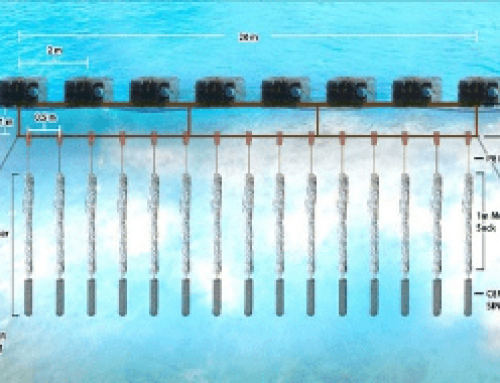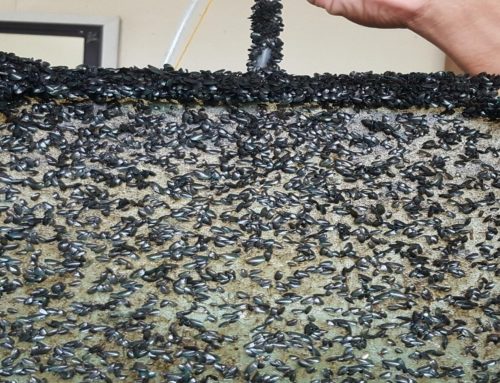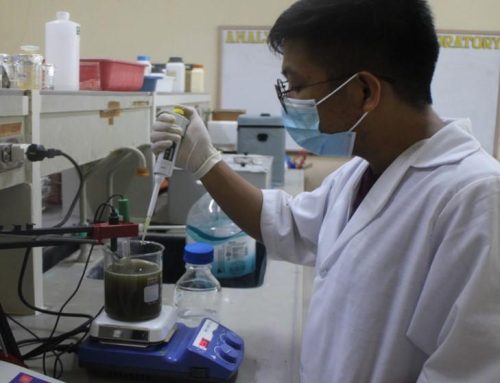In this Article

Project 1. Refinement of broodstock maintenance, spawning, larval and spat rearing technologies for sustained seed production of the green mussel (Perna viridis)
Project 2. Development of remote setting and nursery technologies for the green mussel (Perna viridis)
Project 3. Genetic characterization and selective breeding of green mussel (Perna viridis)
One problem that hinders the sustainability of mussel production is the reliance of the industry on seed production from the wild. This program aimed to secure a reliable supply of hatchery-produced seed to supplement the stock of mussel spats population and to develop techniques to produce high-quality meat.
Research activities include broodstock conditioning and spawning in the laboratory, larval spat rearing, and settlement, and the development of protocols for mass production of mussel larvae and spats. The program developed schemes to hold and grow larvae in nurseries and develop protocols to deliver spats to growers. Hatchery and nursery protocols were developed to provide a continuous supply of spats in expansion areas and/or during spat scarcity. Nursery and holding facilities were established. It also identified molecular markers that were used to identify strains/varieties/populations to serve as a source of broodstock for selective breeding. DNA sequence analysis was used to determine genetic variability between populations from different sites. It intended to provide mussel farmers with continuous income using the technology that could give a high survival rate from hatching stage to spat, molecular markers of higher survival, and faster growth.








